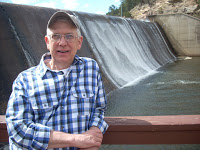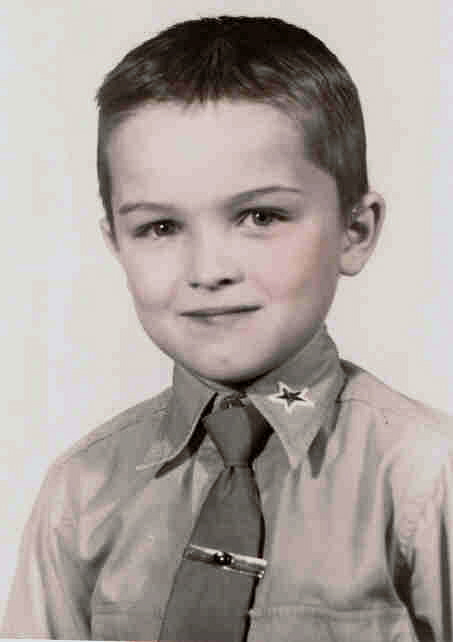I was curious about a book and then found myself in it. My young wife was studying to become a teacher, and a text from her ed-psych class caught my attention. There I read a developmental description of children. It seemed especially pertinent to my life in its description of boys in their upper elementary grades. Ever since that time I have looked at children in terms of their development using several schemes: psycho-sexual, psycho-social, cognitive, affective, and several more off shoots. I’ve had plenty of opportunity to observe having reared children in our home (ours and foster children), taught in churches, and directed children’s residential camps, on and on. I even taught developmental theory to workshop leaders in a denominational program to equip teachers in local churches. Now in retirement I have fewer opportunities for this observation, but when they present themselves, I look with scrutiny.
One neighborhood boy now probably ten, I first met when he was two or three. George was sitting on the step up to the neighbor’s sidewalk watching a large backhoe dig a huge hole in the asphalt street and explaining to his mother just what they were doing. The work was part of the installation of new storm sewers to replace the old-fashioned cisterns. There was little George with his mother watching the construction. I greeted his mother and met George. “He loves watching the tractors,” she said. “All last summer he made me take him over to South Broadway to see the trucks and tractors when they were rebuilding the street.”
“You certainly are curious,” I said sitting down next to the little boy. Was that a literary allusion? George’s school-teacher mother surely caught it. I did as well and said to the lad, “I’ll call you Captain Curious if that’s okay.” He didn’t say no. So during the weeks the construction was underway I called him Captain. He smiled. His mother encouraged his curiosity and now was relieved that this hole on our street was his new attraction, just half a block away.
Years have passed. He matured, became the elder brother. Their house is just far enough that I don’t often see George, his mother, dad or the younger brother, but when I happen to be in the front yard and they are going by, we stop to talk. I’ve wondered if my name-giving still holds. I now call him George, not Captain Curious. Kids do grow up. Still I watch for signs of his curiosity. What I see now is usually him whizzing by on a bicycle or a foot scooter or running by with some sort of ball to play with our neighbor boy Charley. George is more shy now, a common effect of growing up, but I believe he is still curious. He plays. He seeks out peers to play with. He practices. Also he does his homework (his mother told me). I take it to indicate he is as mentally bright as he is friendly.
One day last summer as I was pulling weeds from the flowerbeds, I noted that George was playing alone in their front yard. He had a football and was tossing and catching it. Playing center he’d hike it into the air, then turn around and catch it like the quarterback. He was passing, running, tackling, being tackled, evading his competitors and, I’m sure, barely winning a victory for his home team. He’s fun loving, physically coordinated, good looking, and according to his mom, still curious.
Of course, watching others is always as much memory as it is a present reality. I’m so glad I had friends, a rich upbringing, a noisy family and neighborhood, and the freedom to explore my fascinations in libraries, youth organizations, and an ever widening boundary for those explorations. I had friends—Keith, Dinky, Marvin, and Dick less than two blocks away. I didn’t have much time to be bored and when I was alone I’d throw baskets through the hoop above the garage door—well at least I’d try—and engage in other interests that filled my time and taught me skills and concepts. I feel privileged now to live in a neighborhood where I am reminded somewhat of my childhood curiosity. Life is grand. Old age continues to be quite bearable, for I am still curious and engaged.
I’m getting ready to meet the family with grandkids and great grandkids for Christmas. I wonder what I’ll observe this year. If it’s too much, I’ll simply grab an early plane for my return to my curious retirement.
© 11 December 2017
About the Author
Phillip Hoyle lives in Denver and spends his time writing, painting, and socializing. In general he keeps busy with groups of writers and artists. Following thirty-two years in church work and fifteen in a therapeutic massage practice, he now focuses on creating beauty. He volunteers at The Center leading the SAGE program “Telling Your Story.”
He also blogs at artandmorebyphilhoyle.blogspot.com


